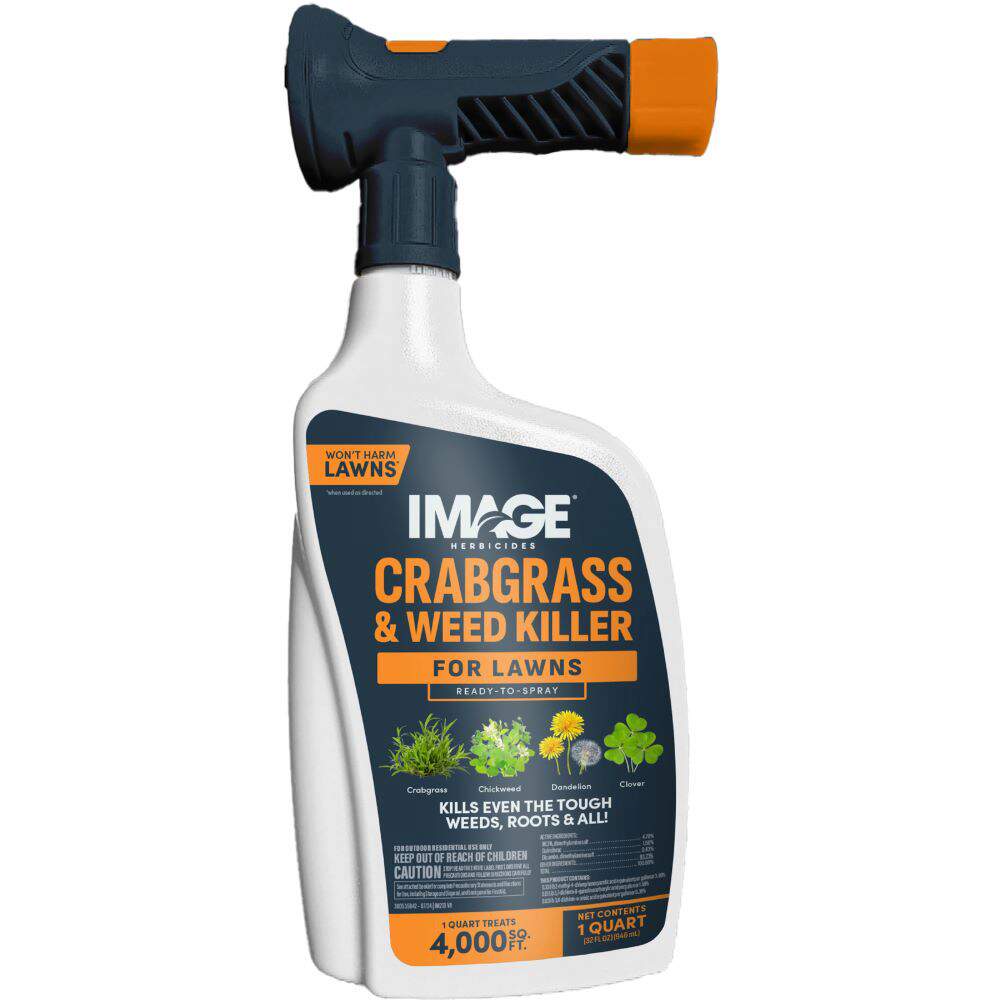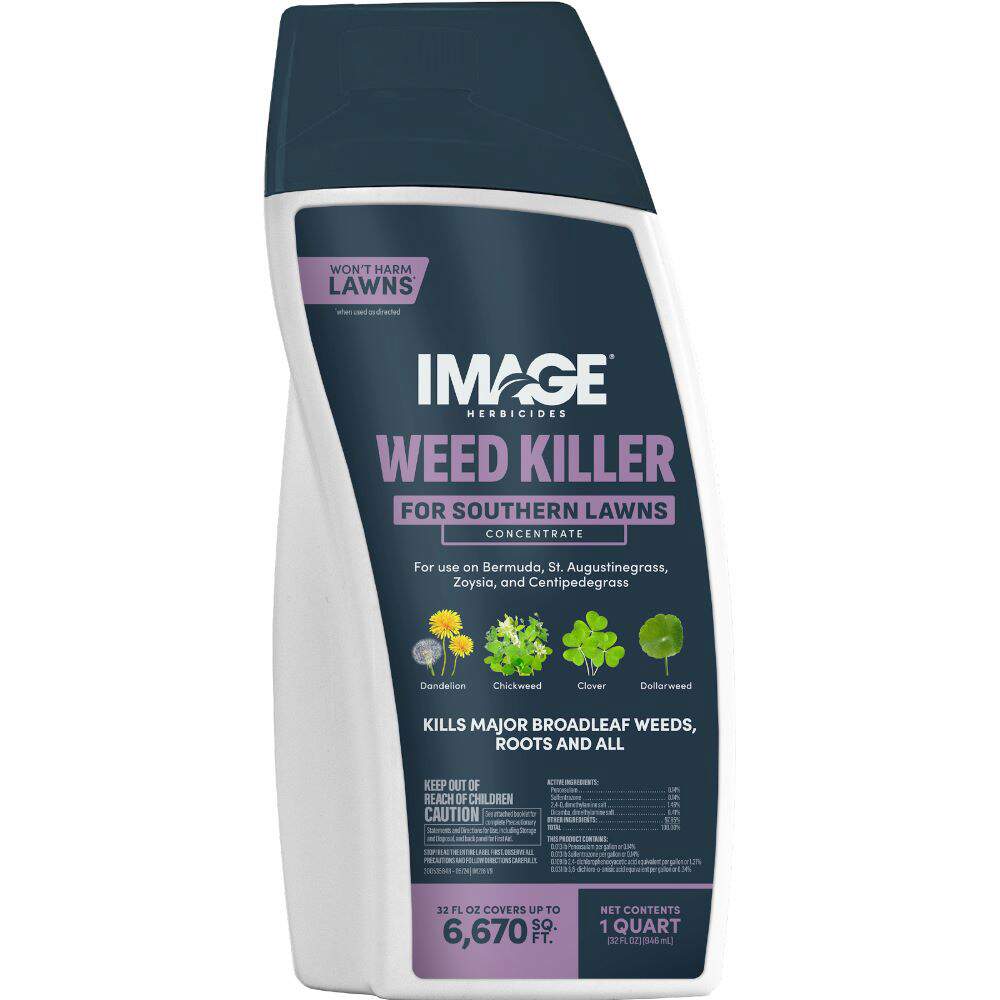HOW TO IDENTIFY POISON OAK
Like its close relative poison ivy, poison oak is a woody weed that grows as both a vine and a shrub. Once established, this toxic plant's far-reaching root system extends several feet in each direction — spreading, suckering and creating new plants as it goes. Poison oak vines can reach 75 feet long; shrubs typically grow 1 to 6 feet tall.
Poison oak leaves usually consist of three stalked leaflets that grow 1 to 4 inches long. But unlike poison ivy, the leaflets don't always occur in threes. Poison oak leaf margins are usually toothed or lobed, similar to oak tree leaves. But the leaflets are diverse: They can be thin or thick, glossy or dull, and hairy or smooth.
With spring's new growth, poison oak leaves are green to light red. Clusters of small white-green flowers appear at the leaf base. The fruit that comes next matures to greenish-white in late summer and persists into winter. In fall, poison oak leaves take on brilliant shades of orange and red.
WHERE AND WHY POISON OAK GROWS
Poison oak appears throughout the United States, though species vary between regions. For example, Atlantic poison oak (Toxicodendron pubescens) is concentrated in the Mid-Atlantic and Southeast states, stretching west through Texas. Pacific poison oak (Toxicodendron diversilobum) appears throughout the West and Pacific Northwest.
Adaptable to a wide range of soils and conditions, poison oak occurs from woodlands and forests to coastlands, urban landscapes and lawns. This toxic plant spreads by seeds, root suckers from underground stems and rooting vines. Shaded plants tend to develop into vines, while full-sun sites typically yield poison oak shrubs.
HOW TO CONTROL POISON OAK
Like poison ivy, all parts of poison oak contain a toxic oily substance that can cause severe inflammation and itchy, blistering, burn-like rashes. The substance is present in poison oak year-round, even on bare winter stems, so always wear protective gloves and be cautious around this plant.
When treating poison oak or any lawn weed, read product labels thoroughly. Some lawn grasses are sensitive to certain herbicides, so check labels to make sure the product suits your lawn type. For best results, treat poison oak when the plants are young, small and unestablished — before they begin to grow and spread.
Image Herbicides offer several highly effective liquid products to kill or control poison oak:
- Image Herbicides Brush & Vine Killer concentrate is a post-emergent, systemic herbicide that kills tough poison oak completely, with no regrowth from the spreading roots. Wait at least one month after application before you replant treated areas.
- Image Herbicides Crabgrass & Weed Killer for Lawns, available in Ready-to-Spray and Concentrate formulas, kills poison oak and other listed weeds to the roots. For best results, apply this selective, post-emergent herbicide when poison oak is young, small and actively growing.
- Image Herbicides Weed Killer for Southern Lawns, available in Ready-to-Spray and Concentrate formulas, starts working immediately to kill poison oak, including its expansive roots. You'll see results from this fast-acting formula in just hours.
Poison Oak Control Tips: You can treat poison oak any time during its active growth period, from spring's first leaves until fall color, but this plant is most vulnerable to treatment from spring to midsummer and again from fruiting time until leaves turn red.
If you're looking for a granular option for post-emergent weed control, Pennington Full Season Weed & Feed 25-0-8 controls poison oak and feeds your lawn.
Always read product labels thoroughly and follow instructions, including guidelines for lawn grass types, frequency of applications and seasonal maximums that may apply.
POISON OAK GALLERY
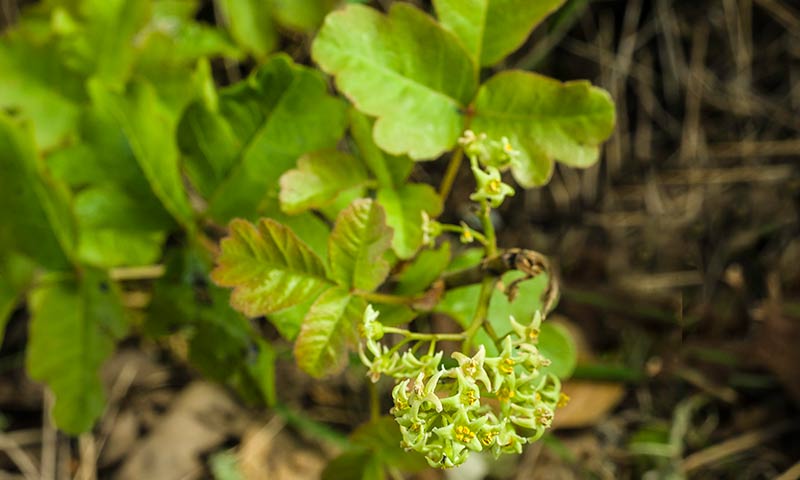
Poison Oak Flowers
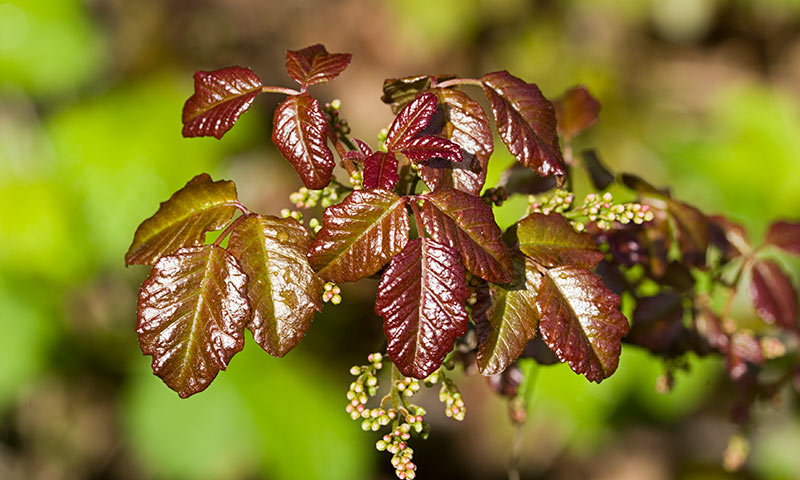
Poison Oak Growth Foliage
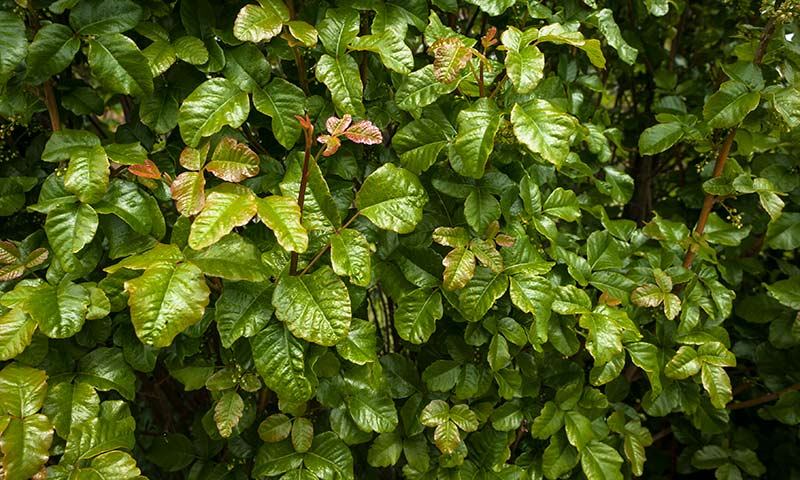
Poison Oak Patch
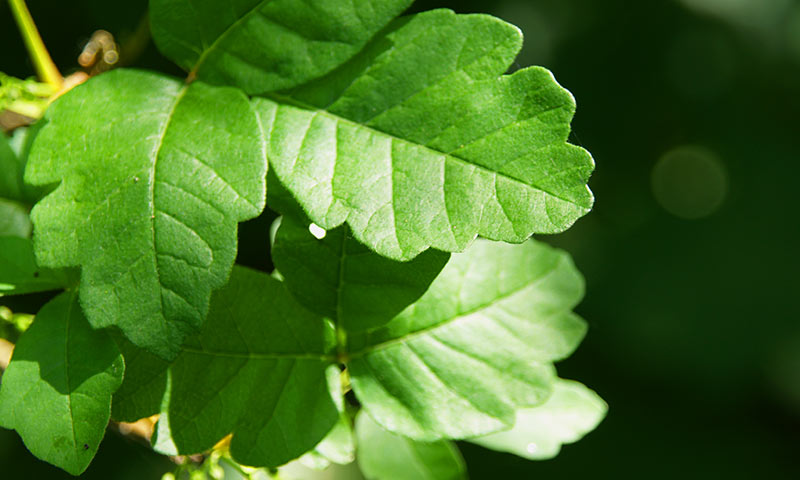
Poison Oak
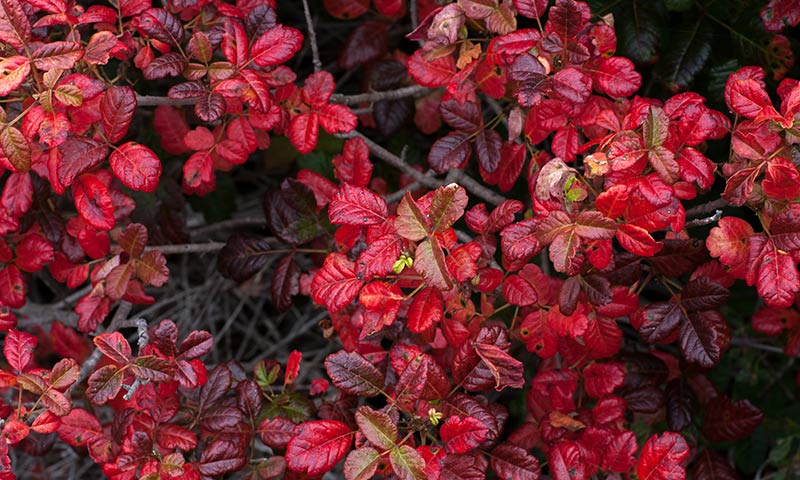
Poison Oak Fall Coloring
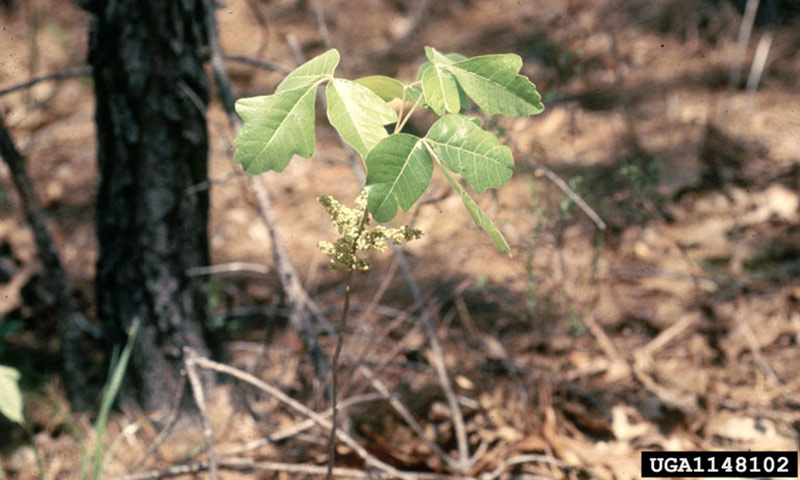
Atlantic Poison Oak



